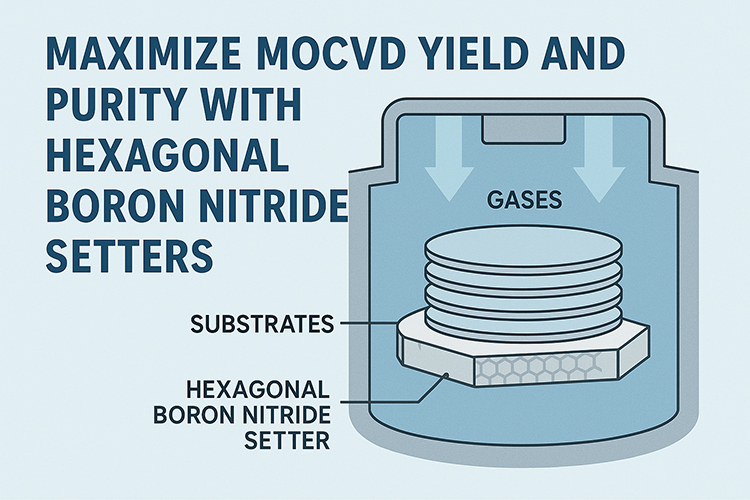Piezoelectric Materials and Their Diverse Applications
Piezoelectric ceramics, a subset of ferroelectric ceramics exhibiting the piezoelectric effect, have garnered significant attention due to their unique properties and wide-ranging applications. This article delves into the distinctive characteristics of piezoelectric ceramics, focusing on their role in gas igniters, ultrasound imaging, and underwater detectors. The exploration of these applications underscores the versatility and significance of piezoelectric materials in modern technology.

Understanding Piezoelectric Ceramics:
Piezoelectricity, first discovered by the Curie brothers in 1880, involves the generation of an electric charge in response to mechanical stress. Piezoelectric ceramics, produced through the polarization treatment of polycrystals containing oxides like zirconia, lead oxide, and titanium oxide, are at the forefront of materials exhibiting this phenomenon [1]. The polarization treatment imparts these ceramics with exceptional mechanical and stable piezoelectric properties, making them invaluable in various electronic components.
Properties of Piezoelectric Ceramics:
The distinctive properties of piezoelectric ceramics contribute to their widespread use in diverse applications. The dielectric properties reflect their response to an external electric field, while elasticity determines the relationship between deformation and applied force.
However, the most significant property is piezoelectricity, characterized by positive and inverse piezoelectric effects [1]. Positive piezoelectricity involves the displacement of charge centers under external mechanical force, resulting in polarization. This phenomenon is crucial for the applications discussed in this article.
Applications of Piezoelectric Ceramics:
Voice Changer and Sound Transducers:
Piezoelectric ceramics serve as sound transducers in various devices, including pickups, microphones, headphones, buzzers, and ultrasonic sounders. In voice changers, electronic music greeting cards, and similar applications, these ceramics facilitate the conversion of AC audio signals into sound signals through the inverse piezoelectric effect [1].

Piezo Detonator in Anti-Tank Weapons:
In anti-tank weapons, the inclusion of piezoelectric ceramics in the warhead results in the instantaneous generation of high voltage upon collision. This high voltage sparks a detonation, effectively combating tanks [1].
Piezo Lighters for Gas Stoves:
Piezoelectric ceramics find application in gas stoves' electronic lighters. Pressing the ignition button generates high voltage through these ceramics, producing electric sparks to ignite gas. Notable for their safety, reliability, and extended lifespan, piezo lighters have become a staple in gas stove technology [1].
Nuclear Safety Goggles:
Transparent piezoelectric ceramics play a crucial role in nuclear safety goggles. When exposed to dangerous optical radiation levels, these goggles convert the radiation into instantaneous high-voltage electricity, significantly reducing light intensity and safeguarding the wearer [1].
Challenges and Future Prospects:
Despite their remarkable properties and applications, piezoelectric ceramics are not without challenges. Deformation and pore formation during the removal of the polymer binder in Ceramic Injection Molding (CIM) present hurdles [1]. Ongoing research is focused on overcoming these challenges and developing lead-free piezoelectric ceramics for enhanced environmental sustainability [1].
Conclusion:
In conclusion, the properties and applications of piezoelectric ceramics underscore their crucial role in various technological advancements. From enhancing sound transmission in electronic devices to contributing to the safety of anti-tank weapons and gas stove ignitions, these ceramics continue to shape modern technology. While challenges persist, ongoing research and technological innovations promise a future where piezoelectric materials play an even more integral role in diverse applications.
Reference:
[1] Curie Brothers, Langevin, Roberts et al. (Various sources on piezoelectric ceramics and their applications)
{{item.content}}
LEVE A REPLY
{{item.children[0].content}}
{{item.content}}
LEAVE A REPLY
SUBSCRIBE OUR NEWSLETTER
- Boron Nitride in Cosmetics: Enhancing Performance and Sensory Appeal
- Maximize MOCVD Yield and Purity with Hexagonal Boron Nitride Setters
- What Are the Advantages and Uses of Boron Nitride Ceramic Sheet?
- The Compression Annealing Advantage for Pyrolytic Boron Nitride
- Beyond Insulation: The Surprising Spectrum of Ceramic Thermal Conductivity











